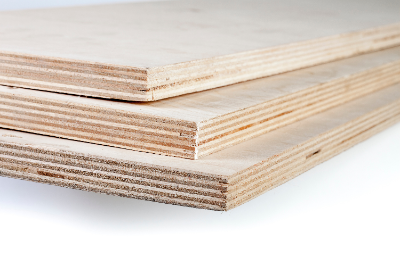What Is SS400?
SS400, is a general structural rolled carbon steel. “SS” stands for structural steel, and the number 400 indicates a minimum tensile strength of 400 MPa. Structural steel materials like SS400 do not have heat treatment specifications.
SS400 steel’s chemical composition has specific limits for sulfur and phosphorus but does not set particular requirements for carbon content.
Uses of SS400 Structural Steel
SS400 steel, known for its strength, workability, and cost-effectiveness, is the most commonly used structural steel material. It’s primarily employed in structural components for large buildings, such as factories, and civil engineering structures like bridges. SS400 steel is also used in various structural components in ships and industrial machinery.
With a relatively low carbon content of about 1.5% to 2.0%, SS400 steel is less prone to hardening and is usually used without heat treatment. It’s not suited for tools or machine parts requiring high hardness.
Related Metal Materials
- FC200 Gray Cast Iron
- FC250 Gray Cast Iron
- S45C Carbon Steel
- S50C Carbon Steel
- S55C Carbon Steel
- SCS13 Stainless Steel
- SCS14 Stainless Steel
- SD295 Carbon Steel
- SD345 Carbon Steel
- SGCC Galvanized Steel
- SKD11 Cold Work Die Steel
- SKD61 Hot Work Die Steel
- SKH51 High-Speed Tool Steel
- SKS3 Cold Work Die Steel
- SPCC Steel
- SS400 Structural Steel
- STK400 Carbon Steel
- SUJ2 Bearing Steel
- SWCH10R Low Carbon Steel
